If you’re trying to lose fat and gain muscle in your lower chest but don’t know what exercises to do, this article is definitely for you. In this guide, Biosculpture provides detailed information on lower chest workout along with their benefits. Regardless of you’re a beginner or an experienced trainer, you’ll find valuable insights and expert guidance to help you achieve your fitness goals. Get ready to sculpt your lower chest and build strong pecs with helpful advice and tips provided in the following sections.
1. Benefits of Lower Chest Workouts
Lower chest workouts offer more than just a visually appealing chest; they bring a host of health benefits. By focusing on this area, you not only work towards a well-defined chest but also improve shoulder stability. This is crucial for maintaining overall health, endurance, and preventing injuries. This means you’ll be better equipped to handle physical challenges in daily life or during sports.
Another key advantage is the improvement in posture. Good posture is essential for reducing back pain, avoiding muscle fatique, and enhancing your outlook.
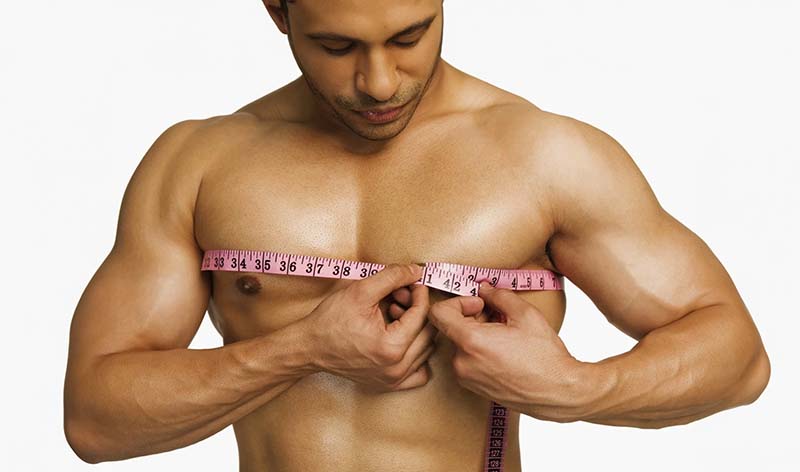
In addition to an aesthetic look, working on your lower chest also increases the range of motion in your shoulders and arms. This leads to greater flexibility and less risk of strain during movements.
Lastly, the strengthening and lengthening of chest muscles play a vital role in supporting better breathing. Stronger chest muscles assist in lung expansion, leading to more efficient breathing, which is especially beneficial during exercise or physical exertion.
2. How to Work Your Lower Chest
To effectively target the lower chest, particularly for lifters aiming to build muscle in this area, you should modify the angle of pressing or pushing to direct the effort towards the lower region of your chest.
One practical approach is to use a decline bench. This changes the angle of your body relative to gravity, placing more emphasis on the lower chest. Alternatively, when doing exercises like dips, push-ups, and pushdowns, lean forward rather than maintaining an upright posture. This slight modification in your body angle can significantly shift the focus to the lower chest muscles.
For those aiming to gain strength in the lower chest, structuring your workout is key. Aim for about 2-6 sets with 3-5 repetitions in each set. The intensity of the workout should be high, with the load being at least 85% of your one-repetition maximum (1RM). It’s important to note that the fewer repetitions you perform, the closer to 100% of your 1RM you should aim for. This high intensity is crucial for strength gains.
While targeting the lower chest, ensure that your overall chest workout remains balanced. Avoid overtraining one area, as this can lead to imbalances and potential injuries. Also, always prioritize proper form to maximize effectiveness and reduce the risk of injury.
3. Top 10 Exercises for Your Lower Chest
To sculpt and strengthen your lower chest, here are ten excellent exercises, covering both equipment-required and no-equipment options, to help you achieve strong pecs:
3.1 Chest Dip
- Muscles: Triceps, pecs, anterior deltoids, latissimus dorsi.
- Equipment: Tricep dip machine, dip bar, parallel bars, power tower. (Tip: Use parallel bars at a playground if you don’t have access to gym equipment.)
- Steps: Hold onto the bars, raise your body with soft elbows, lean forward, lower your body until triceps are parallel with the bar, and press back up.
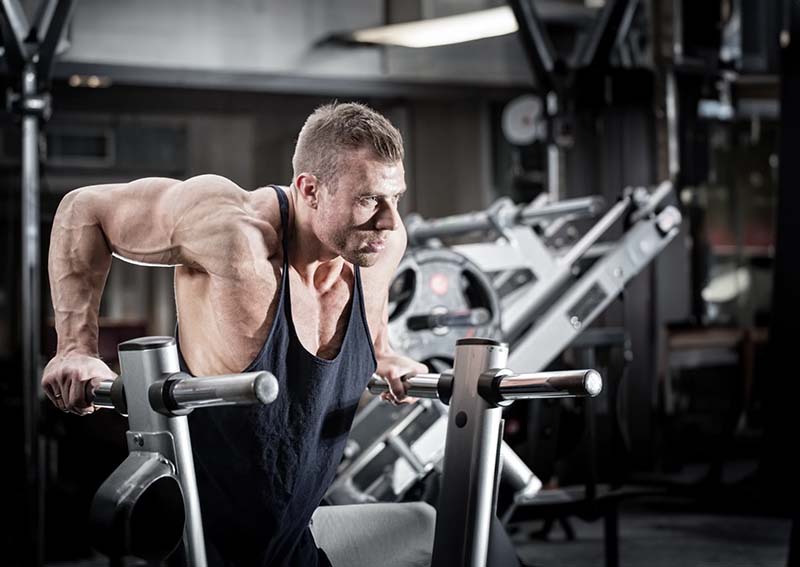
3.2 Cable Crossover
- Muscles: Pectoralis major, anterior deltoids, latissimus dorsi.
- Equipment: Cable machine.
- Steps: Set pulleys high, hold a handle in each hand, step forward, lean forward, extend hands in a wide arc, bring hands to the midline, repeat.

3.3 Decline Bench Press
- Muscles: Lower pectoralis major, anterior deltoid, biceps brachii, latissimus dorsi.
- Equipment: Bench, barbells or dumbbells.
- Steps: Lie on a decline bench, lift barbell from the rack, lower it to mid-chest, press back to starting position, complete sets.

3.4 Incline Push-up
- Muscles: Pectoralis major, anterior deltoid, triceps brachii, biceps brachii.
- Equipment: Bench, chair, or sturdy box.
- Steps: Place hands on the edge, lower chest to edge, push body away, repeat with slow, steady reps.
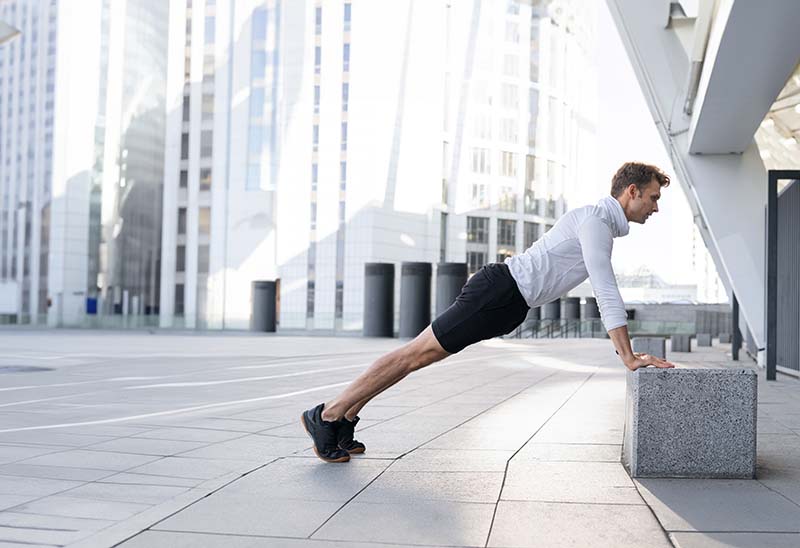
3.5 Seated Machine Fly
- Muscles: Pectoralis major, biceps brachii, serratus anterior.
- Equipment: Seated fly machine.
- Steps: Sit up tall, grab handles, press arms together, pause, return to start, perform sets.
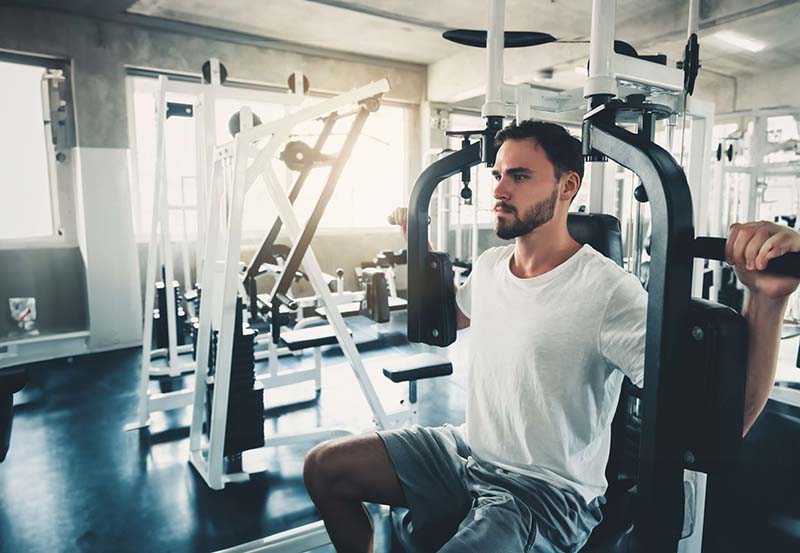
3.6 Bar Dips
- Muscles: Anterior deltoid, the pectoralis major, and the coracobrachialis
- Benefits: Accessible, adaptable to strength level, improves upper body strength.
- Steps: Grip parallel bars, lower yourself, reverse motion to starting position.

3.7 Dumbbell Chest Press
- Muscles: shoulders, triceps, forearms, lats, pecs, traps, rhomboids
- Benefits: Builds muscle and strength, freedom of positioning, increases unilateral strength.
- Steps: Lie on bench, squeeze shoulder blades, lower dumbbells to chest, press back up.

3.8 Machine Chest Press
- Muscles: the biceps, deltoids, and latissimus dorsi.
- Benefits: Works biceps, shoulders, and back, more resistance at the top.
- Steps: Sit at machine, grasp handles, push outward, pause, return to start.
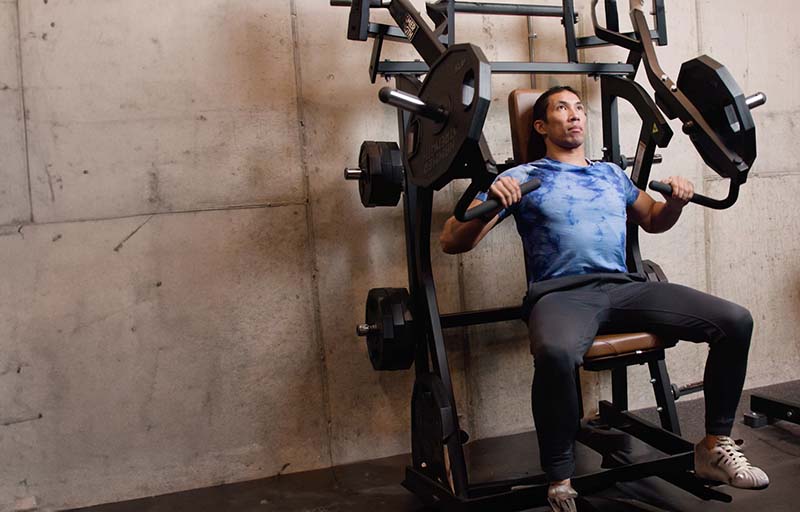
3. 9 Dumbbell Pullover
- Muscles: the lats, teres major, triceps, anterior deltoids and — depending on the grip — the wrist flexors
- Benefits: Engages back muscles, increases chest flexibility, stimulates anterior deltoid.
- Steps: Sit on bench, extend arms with dumbbells toward ceiling, extend weights back over head, return to start.
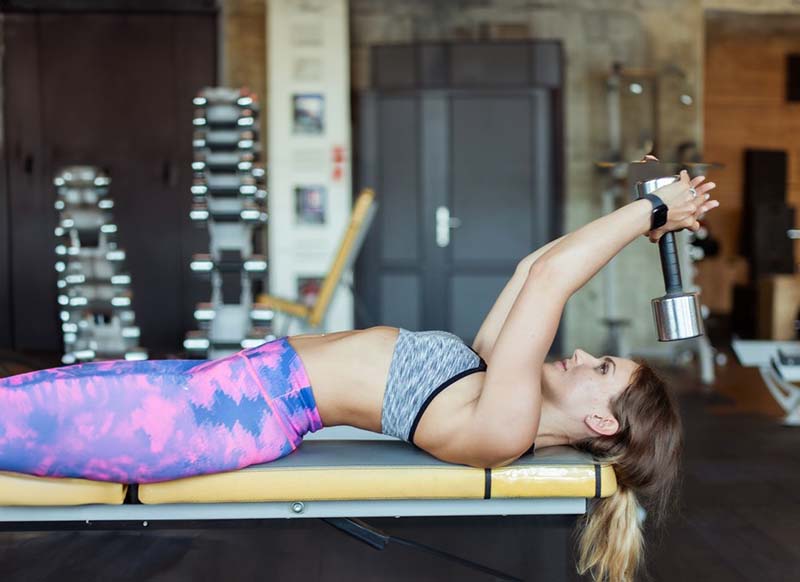
3.10 Push-ups
- Muscles: the triceps, anterior deltoids, and the core muscles.
- Benefits: Improves bone density, core strength, posture, cardiovascular health.
- Steps: Start with hands shoulder-width apart, lower body to 90 degrees at elbows, push back up, repeat for reps.

4. Effective Tips for Lower Chest Workouts
To get the most out of your lower chest workout, try these easy tips:
- Always Warm Up: Spend about 10 minutes to warm up your muscles before starting your lower chest exercises. This prepares your muscles for optimal performance and reduces the risk of injury.
- Basic Stretches: After your warm-up, include gentle wall stretches. These can help improve flexibility and further reduce the risk of injury by promoting better muscle mobility.
- Choose Suitable Practices: Maintain the right tempo during your workouts. Avoid relying on momentum and instead focus on controlled movements. This ensures that you’re effectively targeting your lower chest muscles and not compromising your strength gains.
- Pay Attention to Breathing: Proper breathing technique is crucial during your workouts. Exhale when you exert force, such as lifting, pushing, or pulling weights. Inhale as you release or return to the starting position. This controlled breathing provides stability and enhances performance.
- Consider Muscle Balance: Do not just focus on a single muscle group. Maintain balance between the front and back of your body by incorporating supersets. Pair lower chest exercises with ones that target muscles like the latissimus dorsi, rhomboids, or trapezius. This promotes overall muscle development.
- Listen to Music: Research suggests that listening to music after your workout can aid in recovery. Music can boost the body’s levels of serotonin and dopamine, which are known to foster recovery. Consider incorporating music into your post-workout routine for better recuperation.
- Get a Cardio Buddy: Working out with a partner can be motivating and lead to better performance. Having someone alongside you can push you to perform at your best and make workouts feel less challenging. This can result in longer and more intense exercise sessions, ultimately maximizing the benefits of your gym sessions.
5. Conclusion
In conclusion, our lower chest workout guide equips you with expert tips and exercises to achieve your fitness goals effectively. We’d love to hear your success stories and feedback! For more fitness insights, explore our other Biosculpture blogs. Start sculpting your lower chest today!
> Explore more: Secret to Effective Leg Workouts at Home – No Gym Needed!


